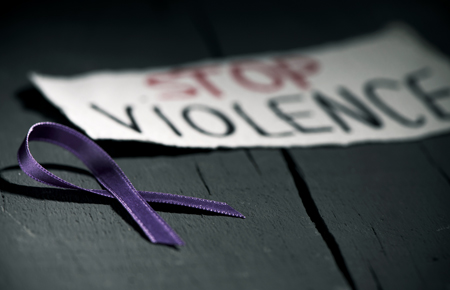 “Approximately every six days, a woman in Canada is killed by her intimate partner. Out of the 83 police-reported intimate partner homicides in 2014, 67 of the victims—over 80%—were women.” – 2014 Homicide in Canada Statistics Canada cited from Canadian Women’s Foundation
“Approximately every six days, a woman in Canada is killed by her intimate partner. Out of the 83 police-reported intimate partner homicides in 2014, 67 of the victims—over 80%—were women.” – 2014 Homicide in Canada Statistics Canada cited from Canadian Women’s Foundation
What if we practiced family law like violence against women was not an anomaly but a likelihood? A reality? What if we took judicial notice* of violence against women? What if we imagined family practice to account for and integrate trauma informed practice – the underlying premise being that disproportionately one of our clients may have experienced trauma in their intimate relationship? What if we approached a review of the family law legal system from the perspective of the most vulnerable, under resourced, at risk people in the system and the challenges they have in obtaining safety and access to justice?
It is statistically more likely than not that a woman has experienced in her life at least one or more of the following: sexual harassment, sexual assault, child sexual abuse, verbal, emotional, physical, and psychological abuse, financial abuse and intimate partner violence.
What if we triaged and followed family law files with active integrated supports that included designated advocates, support workers, counsellors, designated and specially trained judges, lawyers, and judicial staff, police/RCMP, child protection workers, inclusion of information and sharing from parallel criminal law matters and civil matters. In addition the basic needs of women and children leaving abusive situations would need to be addressed – financial support, shelter, child care, and other primary needs. Nothing I’ve written is new. It has been advocated for and demanded for decades by those on the frontlines of anti-violence work.
We have had several major (significantly costly) inquests and/or reports produced as a result of the murder of women and children leaving abusive relationships. The main themes continue to be the same:
- Coordinated response from all systems involved – police/RCMP, courts (family and criminal), social workers, child protection, etc. Everyone communicates with everyone; everyone knows what the other does and what they do not do.
- Integrated and reciprocal procedures and protocols so that bureaucracy between each system is seamless. Reduce and limit the possibilities for women and children to fall through gaps due to “red tape”.
- Education and training of all those in the family law system, criminal justice system, social work and child protection system, police, RCMP, courts and Judges and legal and police systems as a whole on violence against women and children and the intersecting oppressions that make some women further marginalized in obtaining access to services, i.e. racism, classism, etc.
- Prioritized ongoing, core funding for support services – advocacy and frontline services for women and children to provide consistent and accessible resources.
- Prioritized funding in the family law system, criminal justice system and police/RCMP, and child protection systems to address violence against women and children.
- Accessible services to address people with disabilities, language needs and other community-specific resources.
- Fully funded legal aid system and comprehensive full scope legal representation to permit access to justice.
What if we implement these before the next tragedy of a woman and her children being killed occurs? Statistically we know it’s not a matter of “if”, it’s a matter of “when” this will happen.
We need to deal with the reality of violence against women and children in family law, we need to put in systemic safeguards and alerts, and we need these changes to happen now – right now.
*“Evidence in some cases without hearing or inquiry, is accepted by a court. It is typically a well known or notorious or indisputable, proven fact.” See: Black’s Law Dictionary

